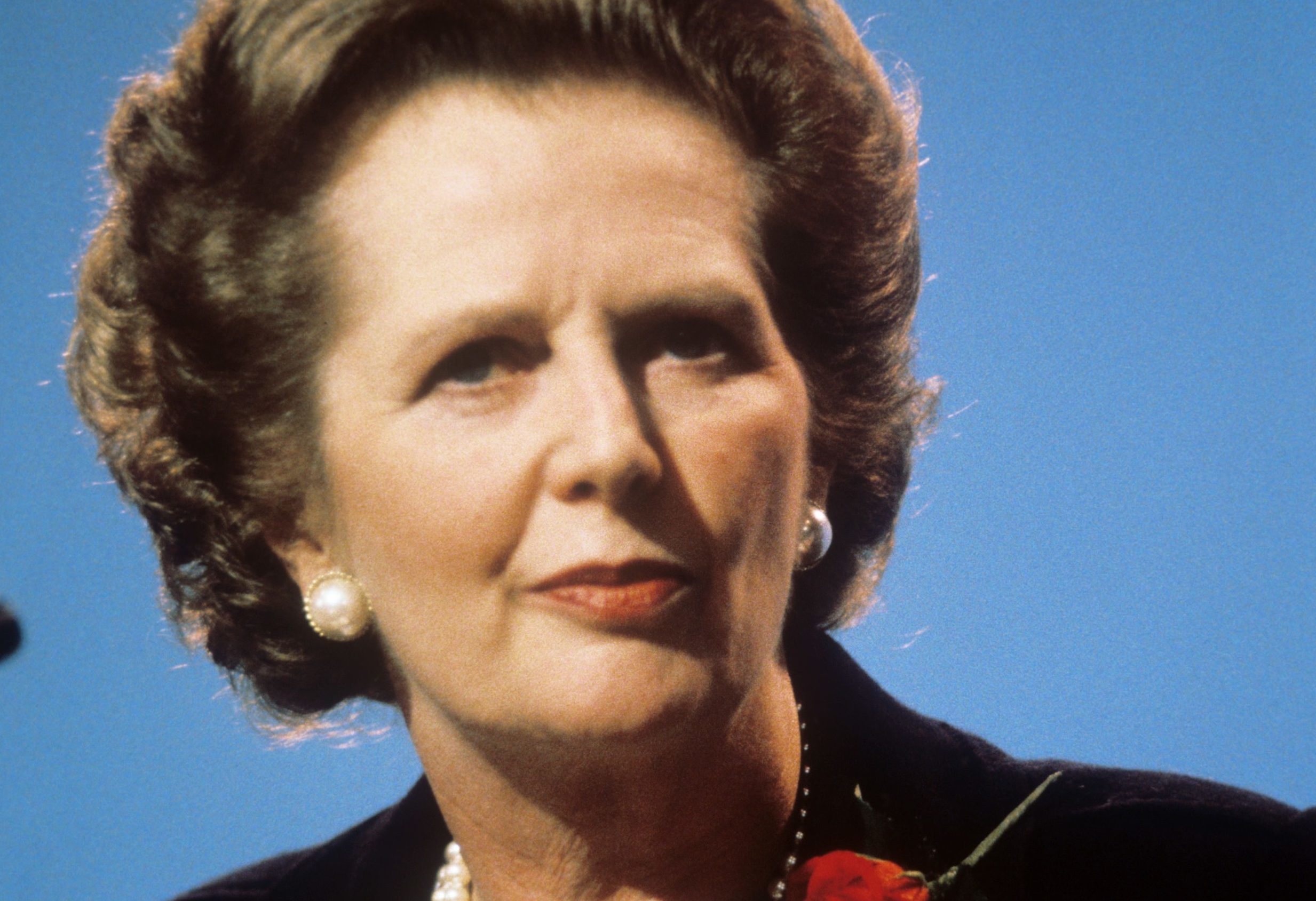
BRITAIN’S first female prime minister, Margaret Thatcher, has found herself in the unlikely company of Bridget Jones and Beyonce, thanks to BBC Radio 4’s Woman’s Hour Power List for 2016.
The late Conservative Party leader headed the annual list’s seven-strong field, which was unveiled at a Buckingham Palace reception attended by the Duchess of Cornwall.
Before the winners were announced, Camilla gave an address in which she described the programme as “part of the soundtrack to my life”.
She said: “It is a living social history charting the changing attitudes to women as well as the changing attitudes of women themselves.”
This year, the list coincides with the programme’s 70th anniversary and sought to celebrate seven women who have made the biggest impact on women’s lives since the show’s launch in 1946.
Listeners were invited to make suggestions for a shortlist, which was then passed to a judging panel including award-winning screenwriter Abi Morgan, former Woman’s Hour editor Jill Burridge and business leader Baroness Karren Brady.
A nominee’s body of work and its impact on the lives of other women were among the qualities considered by the judges.
Mrs Thatcher, who died in 2013, topped the list for both her positive and negative impacts for women.
Of the country’s first female leader, journalist Emma Barnett said: “Anyone born in the 80s, and thereafter, grew up thinking it was normal for a woman to run the country.
“Anyone over the age of 18 while she was in charge was shaped by her leadership style and uncompromising policies.
“In fact, a whole generation of women’s feminism was formed in direct retaliation to her.”
Brook Advisory Centres founder, the late Helen Brook, was also honoured for her work on contraception and sexual health, as well as the late Labour MP Barbara Castle, who brought in the Equal Pay Act in 1970.
Australian writer Germaine Greer – whose famous text The Female Eunuch was published in 1970 – was the list’s fourth entrant.
She attended the palace reception, posing for pictures with the Duchess, and was described by Ms Morgan as a “warrior” on the frontline of the feminist movement.
Fictional character Bridget Jones, created by Helen Fielding and made famous by her candid diaries, and late Grunwick strike leader Jayaben Desai were also featured.
Closing out the list was American popstar Beyonce, whom commentator Ayesha Hazarika venerated as a “global beauty icon” and budding race relations figure.
The Woman’s Hour Power List launched in 2013 and featured the 100 most powerful women in the UK.
Scotland’s First Minister Nicola Sturgeon headed the 2015 list, which was themed The Power To Influence.

Enjoy the convenience of having The Sunday Post delivered as a digital ePaper straight to your smartphone, tablet or computer.
Subscribe for only £5.49 a month and enjoy all the benefits of the printed paper as a digital replica.
Subscribe